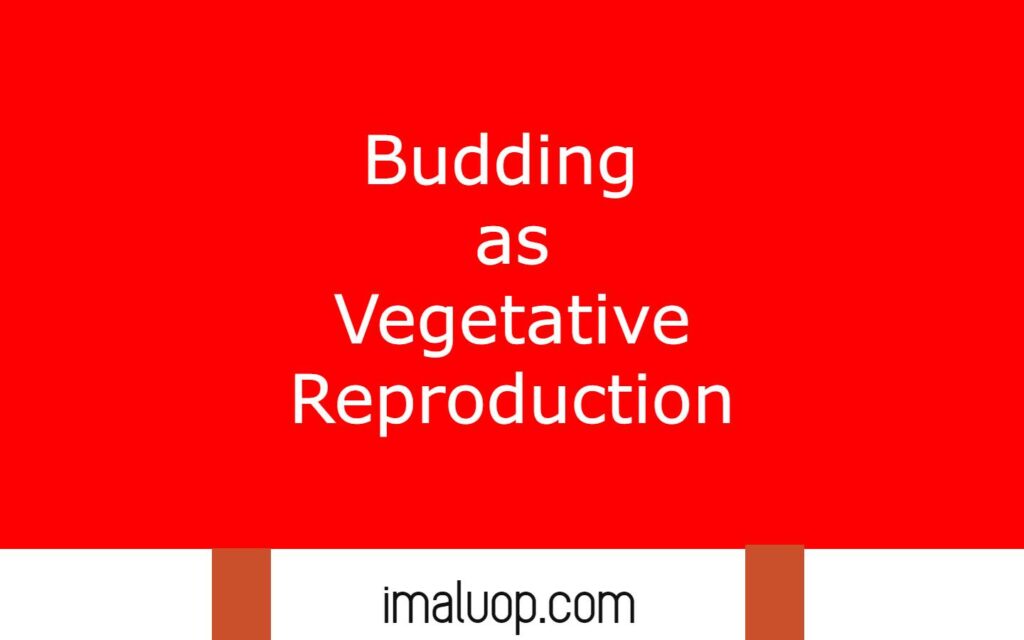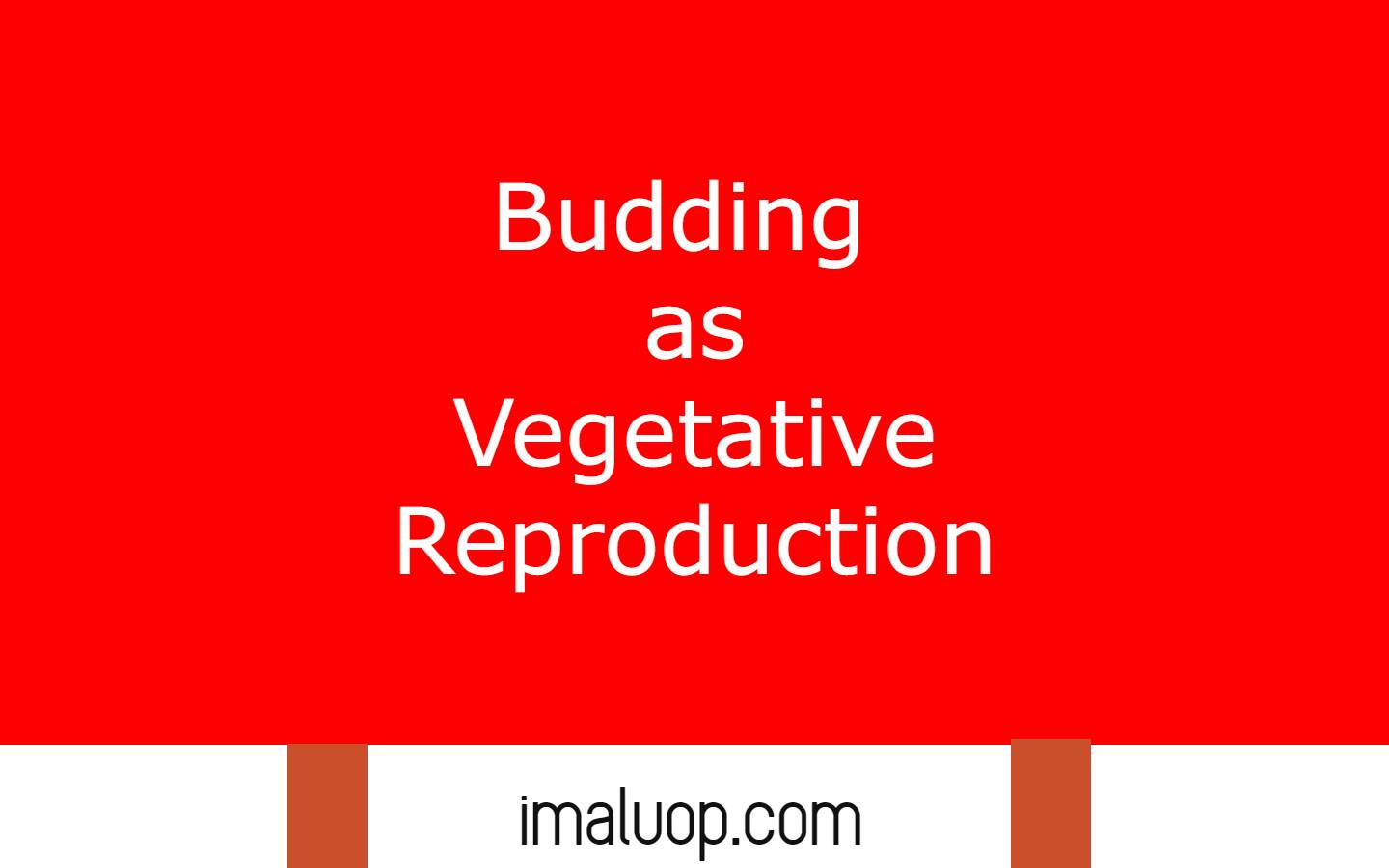Now we are going to discuss a special type of multiplication in different organisms when another mode of reproduction is not possible, budding as vegetative reproduction and we will discuss budding in fungi, budding in bacteria, budding in plants and budding in hydra below one by one.
Table of Contents
What is Budding:
Vegetative reproduction is a mode of reproduction in different organisms in which no gametes formation and fusion occurs and here part of the organism directly gives rise to a new individual.
In vegetative reproduction only one parent organism can produce a new individual and it occurs in both unicellular and multicellular organisms without any gamete formation.
There are many methods in vegetative reproduction like binary fission, fragmentation, budding in which a part of an organism or a single cell can produce a new individual and here we will focus on budding as vegetative reproduction.
In multicellular organisms a part of the organism form a small outgrowth which grow with time and after some time the outgrowth detached from the parent organisms and give rise to a new individual and in unicellular organism parent cell show an outgrowth which after some time separate from the parents cells and become a new individual and this process of vegetative reproduction is known as budding.
Budding is observed in some unicellular organisms like bacteria and also in some multicellular organisms like plant, hydra and we will discuss budding in yeast, budding in hydra, budding in bacteria and budding in plants which will give you an idea how organisms multiply by means of budding.
Budding in Fungi:
In fungi yeast show budding commonly in which a part of the yeast cell wall weakens by some chemicals so that a part of the cell makes an outgrowth at the point of weakened cell wall of yeast. Then the genetic material doubles by the process of nuclear division and a nucleus goes into the portion of the yeast cell where the outgrowth of the cell occurs.
Other necessary cell organelles like mitochondria, endoplasmic reticulum, Golgi apparatus also move to the budding region and after some time a constriction starts to grow in the joint of parent yeast cell and the budding part.
With time a septum is produced between the parent yeast cell and the budding portion and after some time the budding portion detached from the parent yeast cell leaving a scar-like structure known as budding scar.
Budding in Bacteria:
In bacteria most of them reproduce by the method of binary fission but some bacteria like Anacalomicronium, Rhodopseudomonas, Hyphomicrobium show budding and they are known as budding bacteria and we will discuss how bacteria multiply by the process of budding.
In general de novo wall synthesis causes budding in bacteria where a wall formation separates a part of the bacteria cell from the main bacteria cells and DNA duplication occurs in which one copy of DNA goes to the small portion of bacteria and after detachment it produces a new individual bacteria cell.
Budding in Hydra:
In hydra common mode of reproduction is budding and when food availability is high then hydra give rise to bud and a parent hydra can produce multiple budding in a single time.
Budding in hydra start by the formation of invagination in the ectoderm and endoderm of the parent hydra and during this process a deep constriction appears in the region of budding which help to separate the budding part from the main parents hydra and the new produced cell migrated to the budding region for the growth of bud.

Budding in Plant:
In plants generally the farmers use buds to multiply the plant and sometimes it is used as seed when the farmers cut the bud growth in the plant body and place the bud in suitable conditions for growth and after some time the bud can produce the whole plant body.
Read More: Binary Fission in Amoeba and Bacteria
Hi Everyone!!! Welcome to Imaluop. Imaluop always try to learn some new and he want to share to other people. Here we will try to learn various topics on Science, specially on Biological Sciences.
